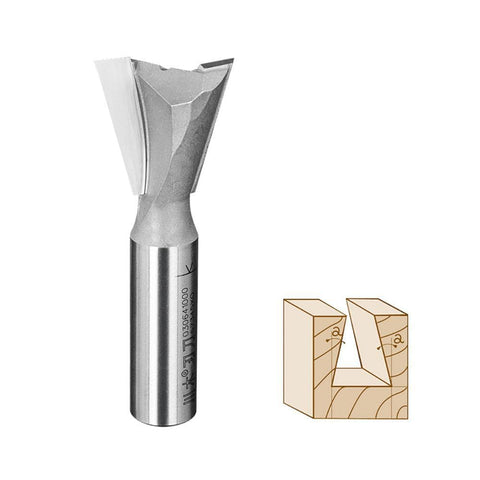

Joinery bits are essential tools in woodworking, providing the means to create strong, durable joints that form the backbone of any furniture or cabinet project. The right joinery bit can make the difference between a structurally sound assembly and a weak connection that compromises the integrity of the entire piece. With a variety of designs tailored for specific applications, joinery bits allow woodworkers to explore numerous techniques and styles, ensuring that their creations stand the test of time while also exhibiting aesthetic appeal.
At the core of joinery is the concept of creating connections between pieces of wood, and joinery bits are designed to facilitate this process. Among the most common types are mortise and tenon bits, which are favored for their strength and reliability. These bits create precise mortises, allowing a tenon to fit snugly into the adjoining piece, resulting in a strong joint that is often used in frame construction. This type of joinery is particularly valued in traditional woodworking, where durability and aesthetics are paramount. By utilizing mortise and tenon joinery, woodworkers can create furniture pieces that not only withstand the rigors of daily use but also retain their beauty over time.
Dovetail bits are another popular choice, especially for drawer construction and decorative applications. Dovetail joints are renowned for their interlocking design, which provides exceptional strength while eliminating the need for additional fasteners. Using dovetail bits, woodworkers can create intricate, visually striking joints that showcase their craftsmanship. These bits come in various sizes and angles, allowing artisans to customize their work to match specific design requirements. The versatility of dovetail bits makes them a favorite among those looking to achieve both form and function in their projects.
Rabbet bits are also indispensable in woodworking, often used for creating grooves along the edges of boards. This technique allows for the seamless joining of two pieces of wood, providing a clean and professional finish. Rabbet joints are commonly employed in cabinetry and furniture-making, as they facilitate strong connections while maintaining a low profile. Using rabbet bits enables woodworkers to create joints that are both structurally sound and visually appealing, enhancing the overall design of the piece.
Another type of joinery bit gaining popularity is the biscuit joiner, which uses oval-shaped biscuits to connect two pieces of wood. The biscuit joiner creates shallow grooves in the edges of the wood, into which the biscuit is inserted with glue. This method not only adds strength to the joint but also helps with alignment during assembly. Biscuit joints are commonly used in cabinetry and furniture-making, providing a quick and effective way to join boards without the need for complex joinery techniques. The speed and simplicity of biscuit joiners make them an excellent choice for both novice and experienced woodworkers alike.
The choice of joinery bits can significantly impact the overall quality of a project, and selecting the right bit for the task at hand is crucial. Different materials may require specific bits; for example, hardwoods may necessitate more robust bits to handle the density and grain structure. Additionally, using the appropriate router speed and feed rate when working with joinery bits is vital to achieve clean cuts and prevent tear-out. Understanding the capabilities and limitations of each bit empowers woodworkers to execute their designs with precision and confidence.
Joinery bits also play a critical role in enhancing the aesthetic qualities of woodworking projects. The choice of joint design can influence the visual appeal of a piece, making it important for woodworkers to consider both function and style. By incorporating decorative joinery techniques, artisans can create pieces that not only serve a purpose but also become focal points in a room. Joinery bits facilitate this artistic expression, allowing woodworkers to push the boundaries of traditional woodworking while still ensuring structural integrity.
Incorporating joinery bits into woodworking projects opens up a world of possibilities. Whether creating simple joints for cabinetry or intricate designs for fine furniture, these tools provide the versatility and precision needed to achieve professional results. As woodworkers hone their skills and explore various joinery techniques, they will find that joinery bits are indispensable tools that empower them to create stunning, durable, and functional pieces. Embracing the art of joinery through these specialized bits elevates woodworking from a craft to a true form of artistic expression, showcasing the craftsmanship and dedication that goes into every project.








